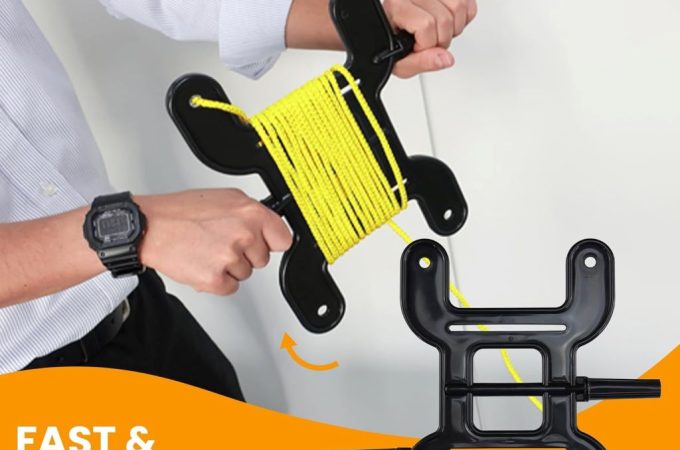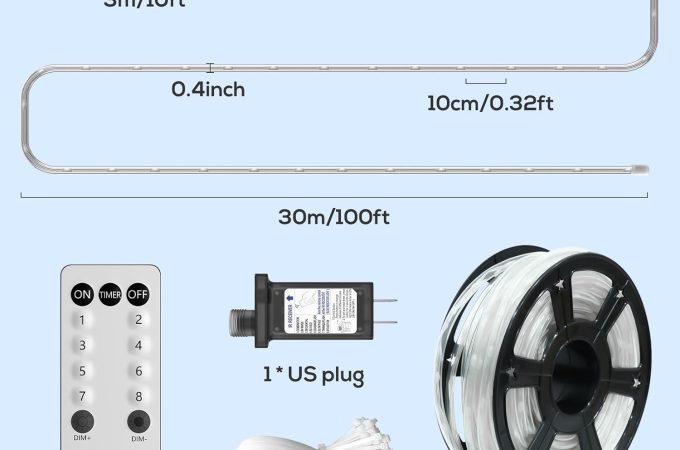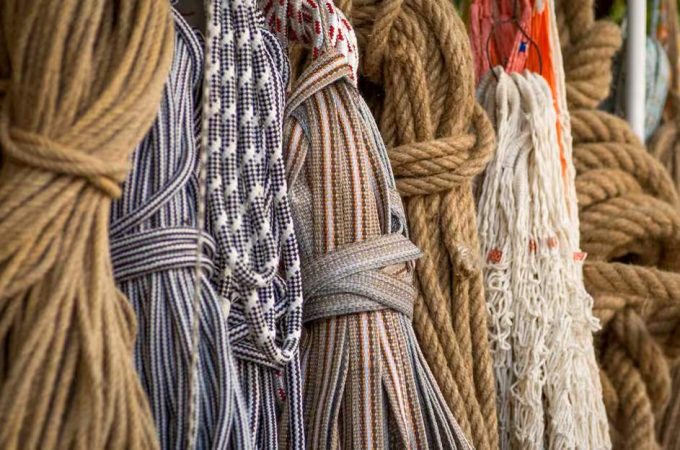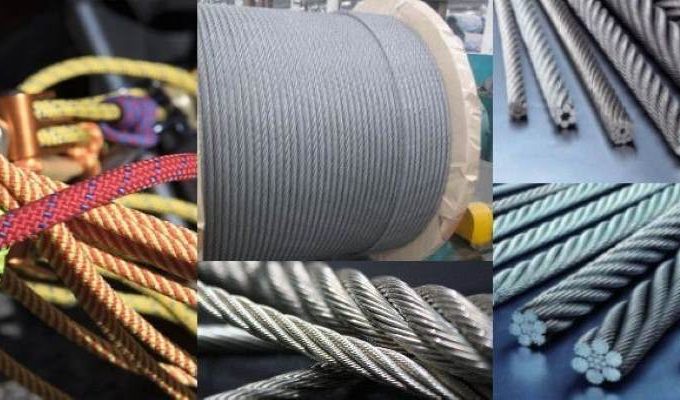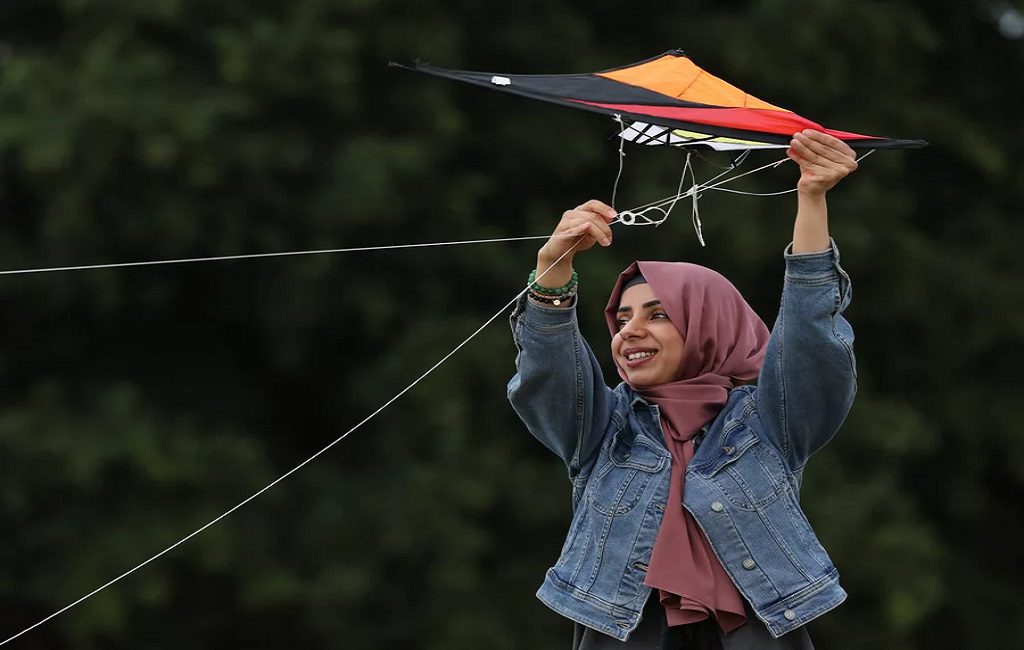
Kite Rope Essentials: Choosing the Perfect Line for Flight
Kite rope, also known as kite line, is the cord that connects the kite to the flyer. It must be strong, lightweight, and able to withstand varying weather conditions.
Contents at a Glance
ToggleKite flying is a beloved activity enjoyed by people of all ages, and having the right kite rope is crucial to the experience. Quality kite rope ensures control and stability for the kite in flight, allowing for better maneuverability and safety.
Whether used for recreational flying or competitive kite fights, the choice of kite rope impacts performance. Materials like polyester, nylon, and Dacron are common for their optimal blend of strength and stretch resistance. For enthusiasts, selecting a rope with the appropriate length and tensile strength is vital to handle specific kite designs and wind conditions. Integrating these considerations, dedicated kite flyers seek the perfect kite rope to elevate their flying adventures to new heights.
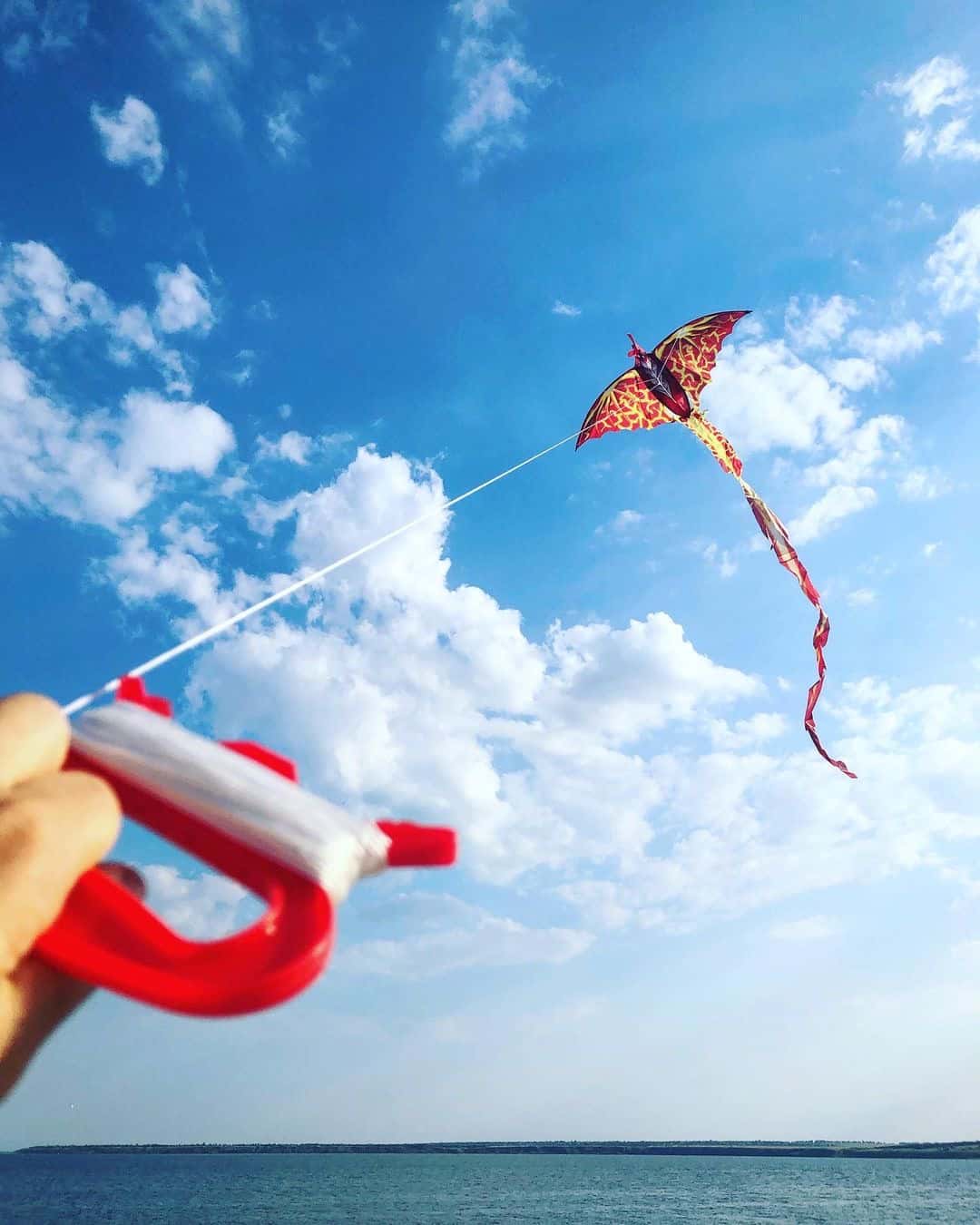
Credit: runwildmychild.com
The Importance Of Kite Rope Selection
Selecting the right kite rope is crucial for both novice and experienced kite flyers. Not only does it influence the kite’s responsiveness and stability in the air, but it also contributes to safety and overall flying enjoyment. Appropriate kite rope selection can mean the difference between a frustrating experience and a delightful day of kite flying. Understanding the variables that play into kite rope performance helps enthusiasts make informed decisions that can enhance the flight experience.
Understanding The Impact Of Kite Rope On Flight
Factors Affecting Kite Rope Performance
Several factors determine the performance of kite ropes, including material composition, length, thickness, and other specific characteristics tailored to different flying conditions:
- Material properties and their effects on performance
- Wind conditions and matching rope strength
- Intended kite activity (e.g., stunts vs. steady flight)
- User experience level and rope manageability
Material Composition
Length And Thickness Considerations
Durability And Weight Capacity
| Material | Benefits | Considerations |
|---|---|---|
| Cotton | Natural feel, traditional | Lower strength, higher stretch |
| Polyester | Good strength, low stretch | Mid-range durability |
| Nylon | Flexibility, abrasion resistance | Can be prone to stretching |
| Dyneema/Spectra | High strength-to-weight ratio, low drag | More expensive, advanced users |
Exploring Kite Rope Material Options
Selecting the right kite rope requires understanding the diverse materials available, each offering unique flying characteristics. Durability and strength are key factors to consider, ensuring optimal performance and longevity for your kite-flying adventures.
Nylon: Strengths And Limitations
- Excellent elasticity
- Resistance to abrasion
- UV radiation durability
Dacron: A Reliable And Durable Choice
- Low-stretch quality for improved control
- Resistant to UV damage and moisture
- Greater longevity than nylon lines
Dacron ropes are the go-to for many kite fliers, especially when flying single-line kites that require a steady and secure connection.
Spectra: Lightweight And High-tech Performance
- Exceptional strength-to-weight ratio
- Near-zero stretch for ultimate precision
- Resistance to water and UV rays
Spectra lines are thinner and lighter, making them ideal for more experienced kite flyers aiming for high-speed maneuvers and intricate flying techniques.
Kevlar: Unparalleled Strength And Rigidity
- The highest tensile strength of all the materials
- Minimal stretch
- High resistance to cutting and abrasion
However, due to its rigidity, Kevlar lines can be prone to snapping when subjected to sudden, sharp bends. Therefore, they are best used by those who understand the dynamics of kite flying and can handle its unforgiving nature.
Selecting The Right Kite Rope For Your Needs
Whether you’re a novice in the world of kiting or an experienced flyer, the kite rope, often referred to as the kite line, plays a pivotal role in your experience. A suitable kite rope is the linchpin of a good kite flying session, making the difference between a frustrating tangle and a soaring success. From strength to flexibility, many factors come into play. This section guides you through various aspects to consider for choosing the perfect kite rope tailored to your flying endeavors.
Matching Rope Strength With Kite Size And Wind Conditions
- Rope Tensile Strength: This should correlate with the size of your kite and the expected wind conditions.
- Kite Size: Larger kites demand stronger ropes due to the increased pull they generate, especially in strong winds.
- Wind Conditions: Higher wind speeds substantially increase the force on the kite rope. Select a rope with a higher tensile strength for gusty conditions.
Assessing Handling And Knot Tying Ease
- Texture: A smooth rope may be less prone to snags but harder to knot securely.
- Handling: Ease of use is important, especially in cold or wet conditions.
- Knot Performance: Some ropes are designed to hold knots better without compromising on the ease of untying.
Considering Stretch And Flexibility
- Dyneema/Spectra: These materials offer minimal stretch, ideal for precision flying.
- Polyester: Typically more affordable, it offers a good balance between flexibility and strength.
- Nylon: This has a high stretch factor, which can be useful in particular flying conditions but not suited for precision performance.
Evaluating UV Resistance For Longevity
- Material: Some materials naturally resist UV damage, while others require special coatings.
- Coatings: A UV-resistant coating can extend the life of your kite rope.
- Color: Darker colors may absorb more UV radiation, potentially affecting the rope’s lifespan.
Understanding The Impact Of Rope Care And Maintenance
Proper maintenance of kite ropes significantly enhances performance and safety. Diligent care ensures longevity, allowing enthusiasts to enjoy the sport without unexpected equipment failures.
Proper Storage And Handling Practices
- Avoid direct sunlight and store the rope in a cool, dry place.
- Ensure the rope is dry before stowing to prevent mildew and rot.
- Coil the rope loosely to avoid kinks and stress.
- Hang the rope on a rack or place it in a bag to keep it clean and organized.
Regular Inspection And Maintenance Routines
- Abrasion or fraying.
- Discoloration or unusual stiffness.
- Weakness or thinning areas.
- Damage from chemicals or heat.
Tips For Preserving Rope Strength And Integrity
| Tip | Benefit |
|---|---|
| Use rope protectors | Shields rope from sharp edges and rough surfaces |
| Avoid stepping on the rope | Prevents internal damage and maintains rope structure |
| Limit exposure to harsh chemicals | Preserves material strength and prevents degradation |
| Handle with care | Increases longevity and maintains reliable performance |
Advanced Techniques And Customization Options
Exploring advanced kite rope techniques unlocks a world of performance and customization. Delve into the myriad of options for tailoring your kite-flying experience with robust, innovative lines designed to elevate your control and style.
Exploring Line Braiding And Splicing Techniques
- Four-Strand Braid: Provides a flat and wide structure, optimizing the aerodynamics for stronger winds.
- Hollow Braid: A technique used for lighter setups, enabling swift adjustments and reduced drag.
Understanding Line Sleeving And Extensions
| Line Type | Benefits | Common Uses |
|---|---|---|
| Dyneema/Spectra | High resistance to abrasion, UV-stable, and low-stretch. | High-performance sport kites. |
| Polyester | Excellent grip, economical, and resilient. | Single line kites, for ease of handling. |
Tailoring Lines For Specific Kite Styles And Maneuvers
Each kite has its unique character and demands a specific set of lines to perform at its best. Customizing lines to match specific kite styles and maneuvers enhances precision and responsiveness:
- Stunt Kites: Heavily reliant on symmetrical line lengths for harmonic balance during trick execution.
- Sport Kites: Require stronger and stiffer lines to withstand the dynamic tension of high-speed maneuvers.
- Power Kites: Need thicker and more resilient lines to manage the increased pull and power generation.
Frequently Asked Questions On Kite Rope
What Is Kite Rope Called?
Kite rope is commonly referred to as “flying line” or “kite string. “
What Is The Best Rope For A Kite?
The best rope for flying a kite is a strong, lightweight polyester or Dacron line. These materials provide durability and minimal stretch, ensuring optimal control and performance in the sky.
What Is The String Used In A Kite?
A kite string, also called a kite line, is typically made from nylon or polyester. These materials offer strength and lightweight properties, essential for flying kites successfully.
What Is The Thread On A Kite Called?
The thread on a kite is commonly known as the “kite string” or “line. “
Conclusion
Selecting the best kite rope can elevate your flying experience to new heights. Prioritize strength, length, and material for optimal control and enjoyment. With the right choice, each kite flight will be a memorable adventure. Aim high and choose wisely to ensure your kite soars effortlessly against the blue canvas above.

